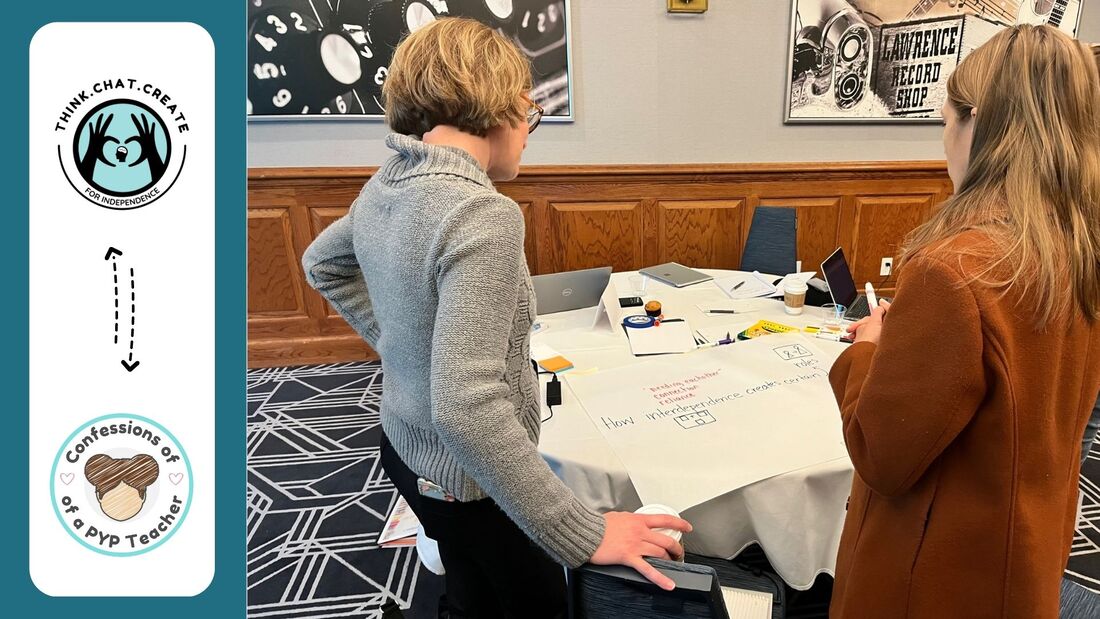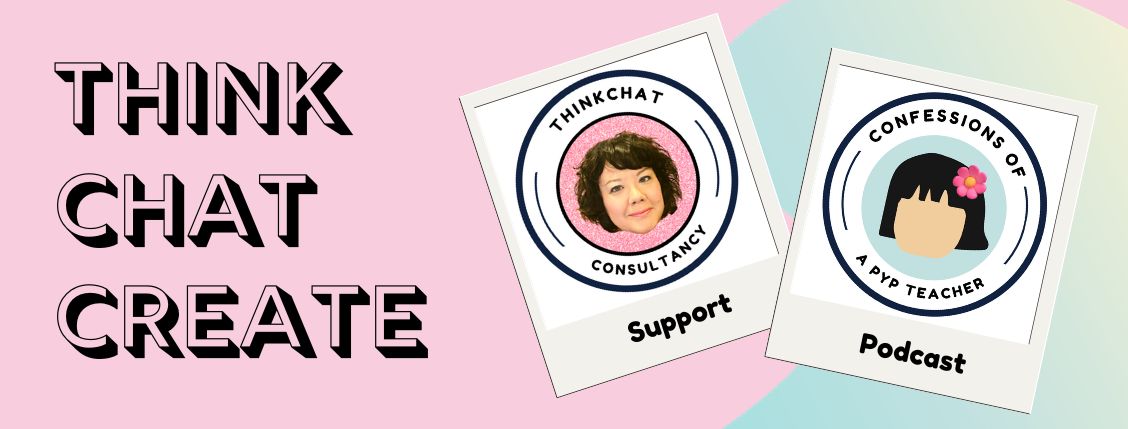|
Greetings friends! Welcome to another week of our PYP Classroom Success Criteria podcast series! We are going to have a lot of fun exploring interactive walls that are transdisciplinary. More talk about the walls? Yep. They are the most underutilized teaching tool that we have at our disposal, so let’s talk about ways that we can use them better. This episode was sparked by a question by our old friend, Shailja Datt, the PYP Coordinator at the Horizon Japan International School in Kanagawa. Shailja asked: Are the walls interactive? A couple episodes ago, we talked about interactive bulletin boards as a teaching tool. But this time, we are going to examine how we can use them to build deeper connections. Meanwhile, our friend Nirali Parikh, a transitional kindergarten teacher, at the Creation Village World School in Celebration, Florida posed a simple question. Nirali asked: Is it transdisciplinary? The bigger question should be, how do we create walls that are interactive and transdisciplinary? The simple answer: the lines of inquiry. The Purpose of the Lines of Inquiry vs the Central Idea After a busy week, we often reflect on different events that have occurred and try to identify if there is a common thread. When we discover the thread, we examine if there are any other possible actions we could have taken and then make a plan to work towards it. This is the natural way that we process the events in our lives and how we feel about it. In teaching, we try to replicate the process for our learners. For every unit of inquiry that we teach, we have a big idea of what it’s all about. This is the central idea. The primary objective is to build learner understanding, so they can take personal action, based on the content they have learned. This makes sense, because we only truly understand something after we have acted upon it. To help us get to this understanding, we have three or four statements called lines of inquiry that outline what we must KNOW and DO to get to the big understanding. Their job is to break down the content we teach and give it meaning…our thread to the big understanding. This sounds so simple, but it’s amazing how many schools do not recognize this important fact. They aren’t statements that we laminate on the walls and never engage with during our unit. They are the heart and soul of our teaching. ***For the lines of inquiry to reach their true potential, they must be written conceptually. This means that they are written with concepts and not topics. How to do this is a conversation for another day, but my process takes time, which I don’t have for this episode. How to use the lines of inquiry as a teaching toolThe first step in using the lines of inquiry as a teaching tool is unpacking the statements. I do this process similarly with the central idea, so my learners have a word bank to draw upon. For each concept (a big overarching idea that is universal, timeless, and abstract) and verbs, I break them down into everyday language for learners to understand. We do this together through pictures and words. For older learners, I will have a large word bank of 6-8 words per each concept and verb. This allows for different access points of application to their personal experiences. I provide one picture for each term, so it’s clear what it is. For younger learners, I mainly use pictures to guide the process with a few words. This helps them to break down the concepts into their language while not getting overwhelmed by the choices. Too many pictures and words will drown out your message and they will be very confused. How to use the lines of inquiry to guide the teachingThe next part is the most crucial. When planning for the unit, you need to look at each line of inquiry and determine which content can be taught. Usually, I have the content organized first before creating the lines of inquiry, so this process is easier. It’s up to you. The job of the line of inquiry to give purpose to the content you are teaching. Imagine you have a line of inquiry that states, “The connection between values and balance.” Now, you are looking at your content as a whole and deciding which parts can be taught through this lens. For this to happen in a transdisciplinary approach, your lines of inquiry need to be written using concepts and not topics from your content. Many units that I encounter look like this, which is not transdisciplinary. It’s disciplinary, because only one subject can be taught through it. Central Idea: Migration can lead to change Lines of inquiry: An inquiry into…
This is a very superficial approach to learning and this becomes labeled the “migration unit” instead of the unit about “where we are in place and time.” Here’s a possible alternative. Central Idea: Movement can bring about opportunities and consequences Lines of inquiry: An inquiry into…
As you can see, there is a big difference in the possibilities and it’s very transdisciplinary. How to collect evidence under each line of inquiryAs you are teaching your content under each line of inquiry, how are you documenting the process? One way I do it is by posting work samples under each line of inquiry along with a learning story, so I know how they are connected. You and your learners will forget why you posted work, so this helps to keep the connection active in your mind.
As you teach the content through the unit, you will add more and more samples under the line of inquiry. Soon, you will see transdisciplinary examples of the learning under each line of inquiry, including the Arts, PSPE, ICT/Computers, Library, Additional language, etc. This is what it means to be transdisciplinary…across the subjects and not just the ones that the homeroom teacher explores. It’s truly beautiful when the work is unpacked and evidenced on the walls. I ask my learners, “Which work is worthy of going up on our unit wall?” We don’t just want any work up on display. It has to speak to the heart of the line of inquiry. Since we are adding ideas, pictures, work samples throughout the unit, it becomes an interactive tool that guides the learning and teaching. Something you can do is ask your learners what is the connection between two assignments. This gets them thinking critically and creatively, which is activating those meta-cognitive skills. I hope I answered the two questions with fidelity. I could talk about this all day! Final note: I’m starting an online sketch club to help me continue with a deeper reflection process. It will begin on April 15 and we’ll meet every couple of weeks. Be sure to check out my Twitter page @thinkchat2020, LinkedIn @lugerlach, or on the Confessions of a PYP Teacher Facebook group.
0 Comments
Your comment will be posted after it is approved.
Leave a Reply. |
Categories
All
Archives
April 2024
|
Proudly powered by Weebly



 RSS Feed
RSS Feed